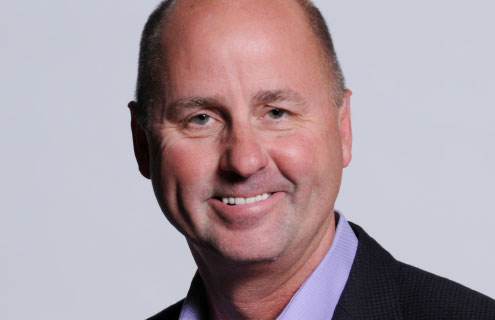Strategic Risk Solutions
Changes to the 831(b) tax election, set for 2017, could go some way towards small captives shedding their ‘dirty dozen’ status. Brady Young of Strategic Risk Solutions tells Becky Butcher how
Why has there been such an increase in captives making the Section 831(b) tax code election over the last five years?
As the US economy has recovered, business owners have had the financial ability to think more long term and have elected to set up captives to address many of the risks and threats they face in their businesses where the traditional insurance market has been unable to provide coverages.
I also think the growth has been due to aggressive sales and promotion by several captive managers that specialise in the space, resulting in brokers and clients becoming more familiar with the concept of a captive and the long-term benefits that captives can provide. Medium-sized companies have a better concept of enterprise risk.
Many are now thinking beyond the basic lines of insurable risk and are being introduced to the concept that there might be ways to finance risks more efficiently that were just accepted as being part of operations, and handled on a pay-as-you-go basis.
What about the proposed changes to the 831(b) tax election?
The changes were buried in the tax extension bill that was passed at the end of 2015 and will go into effect for the 2017 tax year.
It’s somewhat confusing to everyone how to interpret certain aspects of the new qualifications, but the main changes and highlights include: (i) the premium cap to be able to qualify as a small insurer has been lifted from $1.2 million to $2.2 million and will be adjusted for inflation going forward; and (ii) the ownership of the captive must largely mirror the ownership of the insured(s) (from an estate perspective), or no more than 20 percent can come from one policyholder.
Do you think there will be a positive impact from these changes? And do you think there are issues to be considered?
I believe there are many positives with the changes, starting with the higher premium allowance, which will help many existing captive owners that have the ability to fund higher premiums in order to have their captives provide more capacity to address the major risks they face in their businesses.
In addition, it will attract new captive owners that may have looked at having a captive for some low-frequency, high-severity risks but felt the current premium limit was just too small for them to build up meaningful capacity for a major loss exposure.
I also think the changes will result in a bit of a clean-up of some captives that were set up for the wrong reasons, and hopefully will squeeze out some of the overly aggressive captive promoters who were positioning captives more as estate planning vehicles than as risk management and insurance tools.
In the meantime, many captive owners are going to make changes in their ownership structures and reconsider their business plans to provide more limits of protection for existing policies underwritten, as well as additional coverages.
Do you think the premium limit increase will have an effect?
Yes, for companies that have additional risks or needs and have the ability to pay the additional premium. We also expect some medium-sized captives writing traditional lines of insurance, such as workers’ compensation and liability, to opt for the 831(b) election instead of the 831(a) large insurer election.
The higher premium limit, for those that can justify it, will also reduce the relative cost (as a percent of annual premiums) to set up and operate a captive and make the economics more compelling for many captive owners.
After the IRS identified captives as one of its ‘dirty dozen’ targets last year, what concerns does the agency still have?
I cannot speak for the Internal Revenue Service (IRS), but from the amount of audit activity and litigation taking place, it has clearly focused on certain structures and management firms that it perceives as having been overly aggressive in the use of small captives.
The main issues appear to be captives writing questionable coverages (does the client really have that exposure?) or charging ‘excessive’ premiums that have no actuarial or market basis. I think another concern has been with captives that appear to be driven by estate tax goals, as opposed to solid risk management and business objectives. Finally, captives investing in questionable asset classes, including life insurance, are not viewed favourably.
Are there any negatives to making, or qualifying for, the 831(b) election that prospective captive owners should be aware of?
There can be. In the event the captive suffers underwriting losses, such losses are not deductible as they would be for a captive taxed as a traditional insurer, under 831(a). Furthermore, if the captive experiences a net operating loss due to adverse claims experience, such net operating loss cannot be carried back to offset prior taxable income or forward to be used in future years.
Obviously, the premium limit puts a cap or limit on how much premium can be paid, which may preclude clients covering all the risks they want or need to address. The 831(b) election is not for all programmes. A proper analysis should be made to determine the best course of action, as once made, the election is irrevocable. Finally, captives filing on this basis are likely to be subject to more scrutiny compared to large captives.





